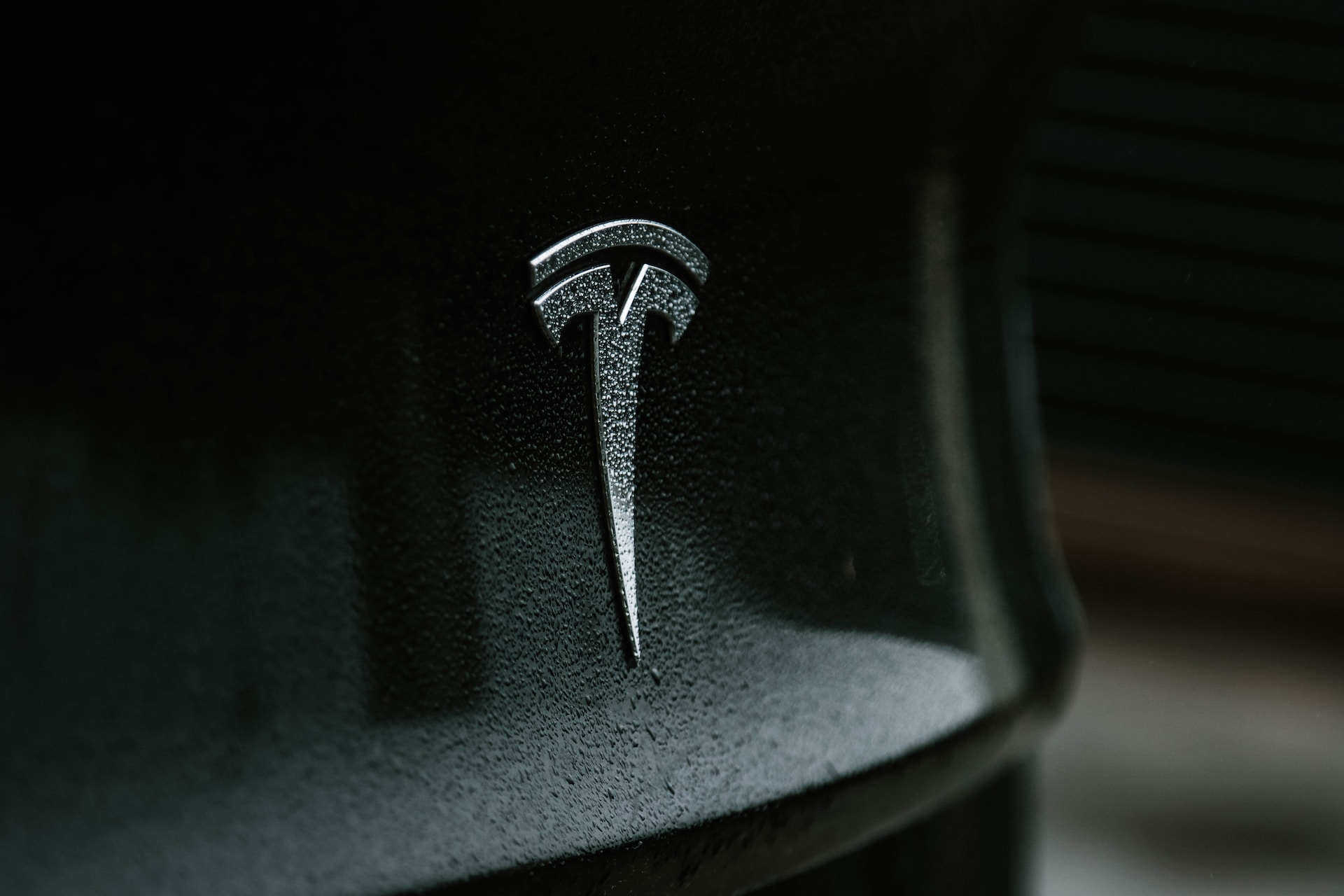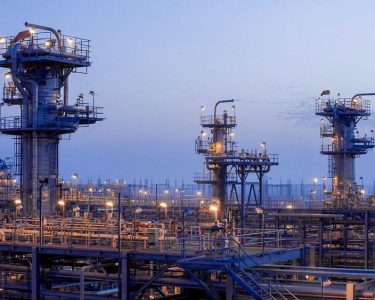Introduction
Recently, Tesla, the pioneer in the electric vehicle sector, published its financial report for Q2. The report revealed two different stories: one about impressive earnings achievement and another about notable operational challenges. A thorough examination of Tesla’s Q2 performance is conducted in this article. The exceptional financial accomplishments and the operational obstacles encountered are examined by it.
Tesla’s Earnings Success
The Q2 report of Tesla displayed a robust financial achievement, indicating the sustained expansion and market leadership of the corporation.
Exceeding Revenue Expectations
Exceeding expectations, Tesla’s Q2 report had as a crucial feature its revenue. The electric vehicle market leader strengthened its position by showcasing an impressive increase in revenue. The rise in income can be credited to the growing desire for Tesla cars and the prosperous foray into fresh markets.
Profitability and Margin Expansion
In addition to its profitability and margin expansion, Tesla’s Q2 report emphasized as well. The company was able to enhance its gross margins, showcasing efficient management of costs and operations, even though it encountered operational difficulties. Tesla’s solid financial standing is highlighted by their capability to provide top-notch electric vehicles.
Operational Hurdles
Tesla faced significant operational challenges during the second quarter that had an impact on its production and supply chain despite its financial success.
Supply Chain Disruptions
The global semiconductor shortage caused significant supply chain disruptions for Tesla. A lack of essential parts arose due to this challenge faced by the entire industry. Tesla’s production capabilities were hindered, causing delays in vehicle deliveries. Tesla faced a major challenge in meeting customer demand and maintaining a seamless production flow due to the supply chain disruptions.
Logistics and Delivery Challenges
Apart from facing supply chain disruptions, Tesla also came across hurdles in the areas of logistics and delivery. Logistic complexities became more noticeable as the company extended its global presence. Tesla encountered challenges while arranging transportation, handling customs procedures, and guaranteeing punctual deliveries throughout different areas. The operational efficiency of the company was further pressured by these challenges.
Mitigation Efforts and Future Outlook
Tesla is currently taking action to overcome the operational obstacles that were faced in Q2 and improve its operations while also reducing risks, with the aim of sustaining growth. The company is self-assured in its capability to accomplish its long-term objectives, consequently.
Supplier Partnerships and Diversification
Tesla is establishing vital collaborations with key suppliers as they acknowledge the significance of a robust supply chain. Tesla’s objective is to ensure a consistent supply of components by closely working together with semiconductor producers and other important suppliers. This measure will assist in decreasing its susceptibility to potential disturbances. The supplier base of the company is being diversified as well. To guarantee a broader selection of choices and decrease reliance on particular sources, this is done.
Streamlining Production Processes
To enhance efficiency and meet increasing demand, Tesla is dedicated to simplifying its production procedures. The business persists in its investment towards research and development, delving into inventive methods of manufacturing and automation. Tesla’s objective is to enhance its entire operational efficiency and reduce probable obstacles by optimizing its production procedures.
Expansion of Local Manufacturing
Tesla is broadening its local production capacities to tackle logistical obstacles. The company’s goal is to decrease transportation distances, enhance supply chain management, and meet regional demands more effectively by creating production facilities in crucial markets. The adoption of this strategy will facilitate the company in extending its outreach and enhancing its competitiveness. Manufacturing in specific locations not only improves Tesla’s operational effectiveness but also reinforces their influence in crucial markets.
Conclusion
The Q2 report of Tesla emphasizes a contrast between profitable earnings and challenges in operations. Despite achieving a notable financial performance, the company encountered obstacles in its supply chain and logistics activities. By implementing strategic measures such as forming alliances with suppliers, enhancing processes and expanding local manufacturing, Tesla is prepared to tackle these challenges. This will enhance its standing in the market for electric vehicles. Tesla, by persistently innovating and adjusting, stays ahead in molding the prospect of eco-friendly transportation.




